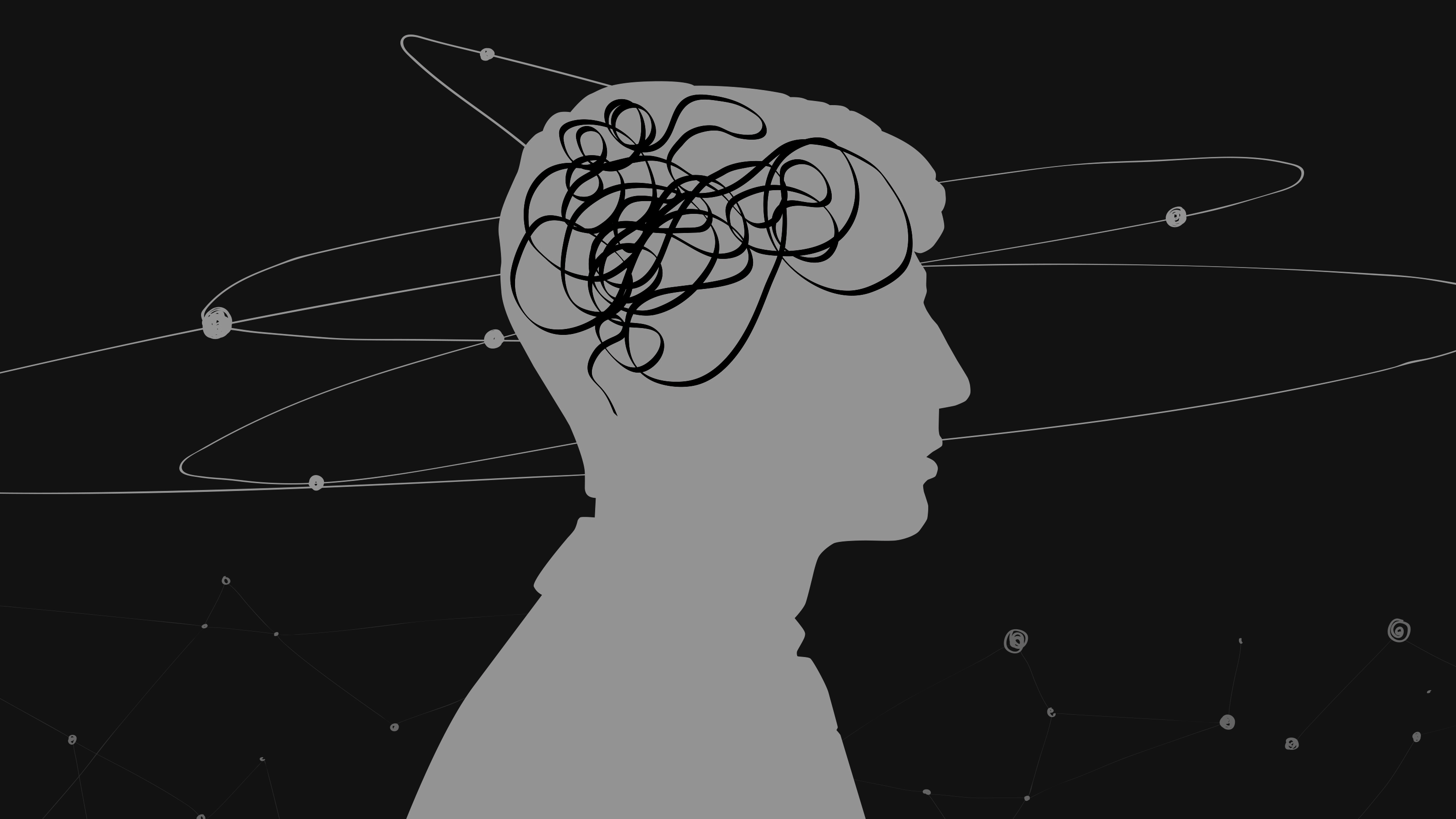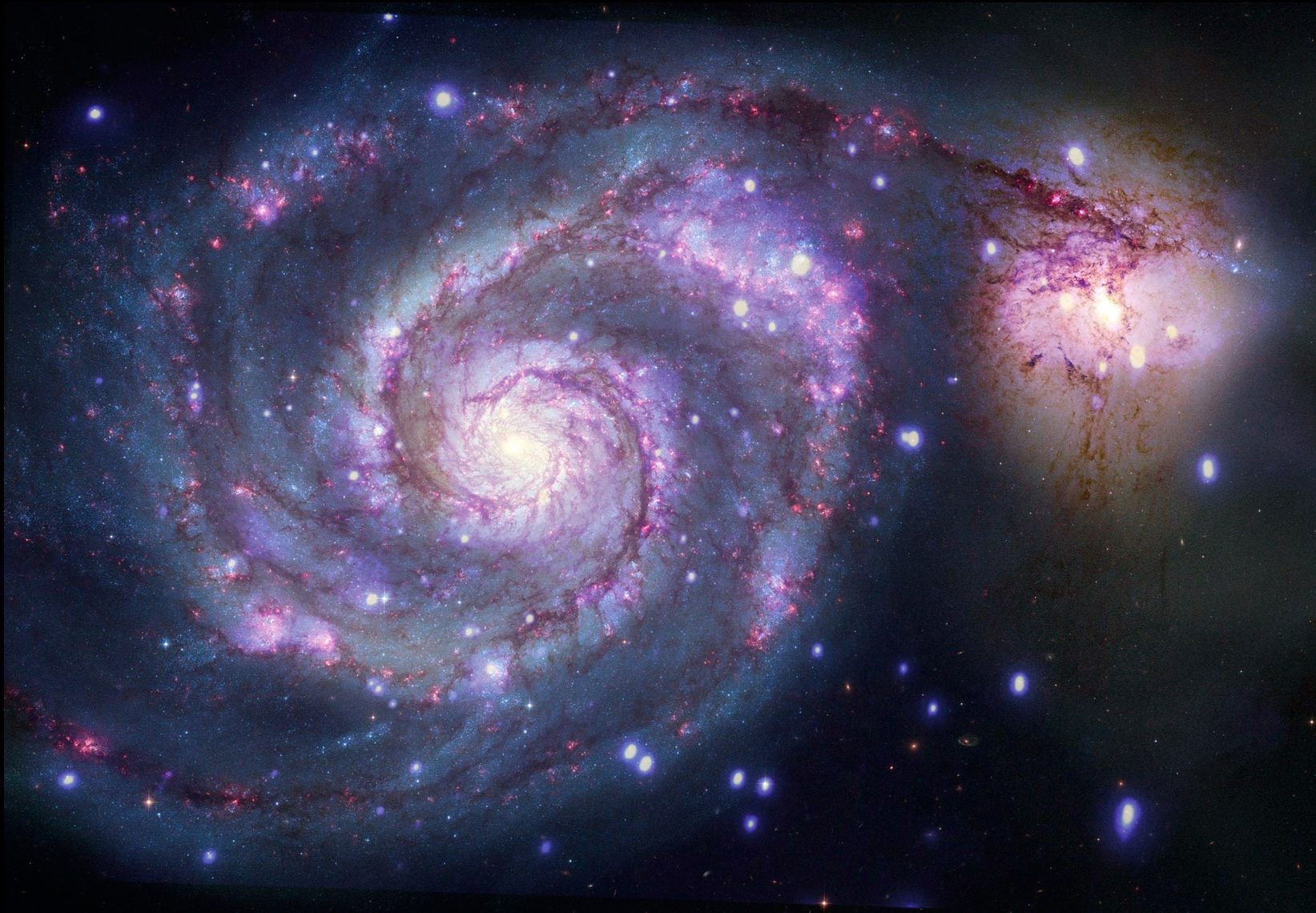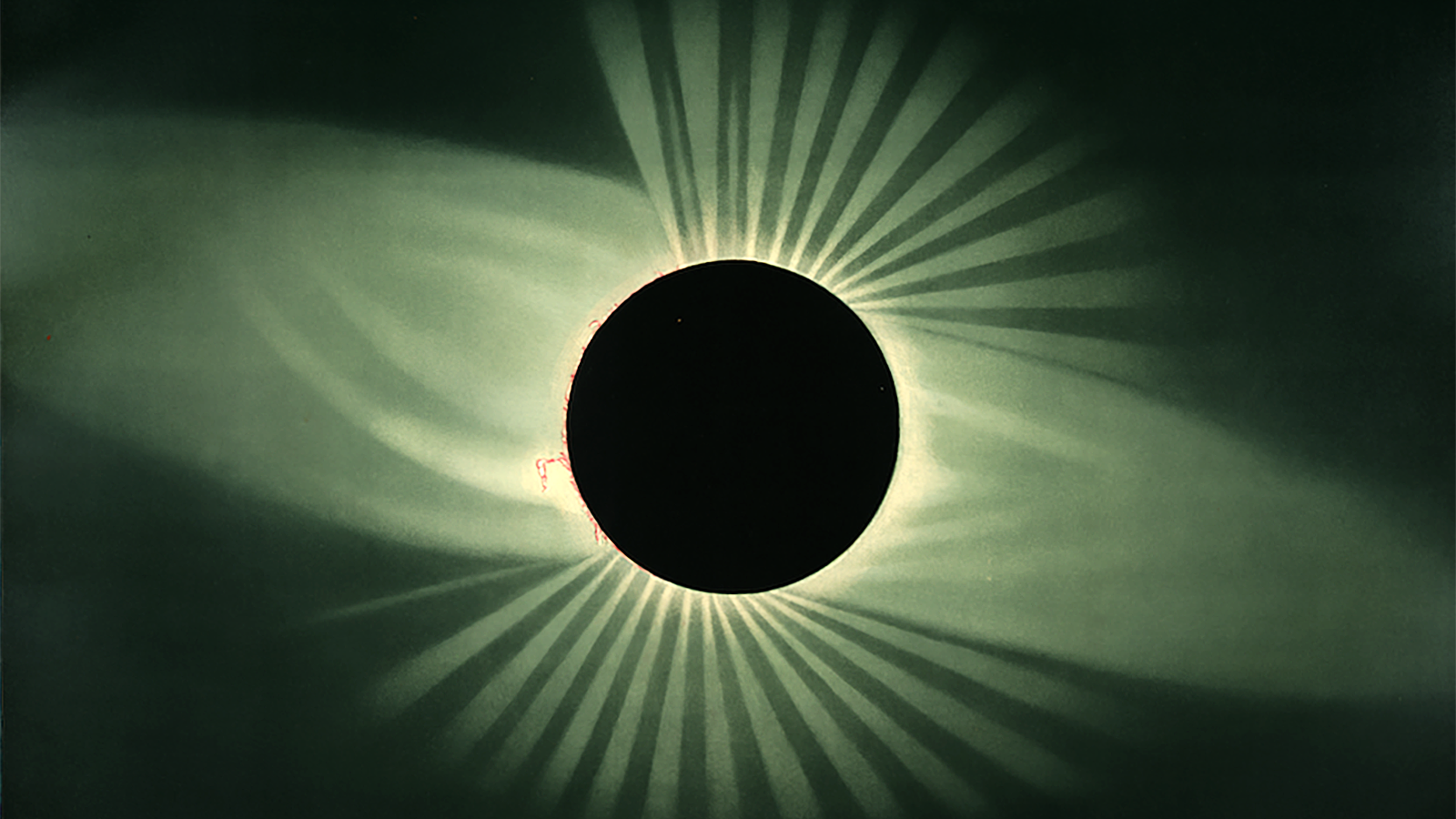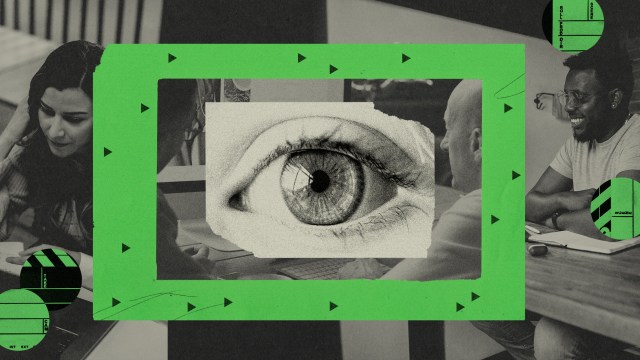How do we know if a scientific model is useful or speculative nonsense?
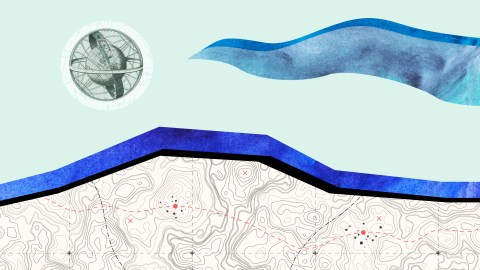
- Much of science relies on our ability to make models of the world. Some are descriptive, when data is available. Others are predictive, when little or no data is available.
- Predictive models are like maps of unknown territory. We speculate as best we can to inspire adventurers (experimentalists and observers) to go out and explore.
- Science needs a healthy balance between model building and data gathering to function. With too much modeling and no data, we go into idle speculation. With too much data and no modeling, we feel lost, drowning in information that we don’t know how to decode.
During the twentieth century, models of the Universe proliferated. What kind of Universe do we live in? Is it expanding? Is it static? Did it have a beginning, far back in time? Has it existed forever? Will it end?
Parallel to this interest in the nature and fate of the Universe, other physicists were trying to figure out the secrets of the atom, struggling to develop the theoretical framework that would become quantum physics. Models proliferate in the physical sciences when you have a powerful theory and very little data to test it. Theoretical physicists are a creative bunch, quite good at building models of reality. Sometimes they get it right, although most of the time they do not, but to a scientist, few experiences are as exciting as finding out that a theoretical model or a conjecture turns out to be right. The experience is visceral, revealing, and transformative. It evokes a deep feeling of having glimpsed, before others, into an unknown corner of reality, of having lifted a veil that had hidden reality from all of us. There is something prophetic about it, the scientist becoming the seer of things unseen, the messenger of truths unknown.
Building a scientific model
There are essentially two kinds of model building. The first is based on available data — we puzzle out models that make sense of the things we know. We can tentatively call these descriptive models. The other kind, the one that I am exploring today, is very different. These are the speculative models — those that try to predict the way of the world when data is very scarce. We can call these models predictive models. This kind of model-building is a game of make-believe. We tweak one feature of the model or another with the fundamental hope that when data is finally available, our model will correspond to that particular bit of reality that we can measure. Predictive model-building is extremely important in all fields of physics, and indeed in all of scientific practice. We speculate about the world, and if we are lucky, we will find out in our lifetime whether our speculations match up with the Universe.
A predictive model builder in the sciences is similar to a cartographer who barely knows the terrain he is mapping. Maybe he knows some of the topography — perhaps where the ocean is found. He has some vague details, but not much more. The model map is only a sketch, based on the mapmaker’s accumulated knowledge of the world and his myopic perception of reality. He is left to extrapolate the possible. But the tentative sketch that emerges will inspire intrepid adventurers to go out and explore these unknown parts of the world. Against the perils of the journey and the possibility of failure, there is the thrill of the quest and the hope for reward.
Theory and experiment in science
In the sciences, the adventurers are the experimental and observational scientists. They are also the ones who build the instruments — the telescopes, microscopes, detectors, particle colliders, and fMRI machines — and the ones who finally collect the data that gives us the best view of the world that our current technology can reach.
There is an essential and binding alliance between the mapmakers and the adventurers. The mapmakers speculate on the ways of the land, and then the adventurers go and check things out, confirming or denying the speculation and the extrapolations. Eventually, science arrives at the best possible maps of reality. These become our theories — our successful models of what is out there in nature, both at the far reaches of space and at the inner space of molecules, atoms, and particles. This alliance between the mapmakers and adventurers, between the theorists and experimentalists, carries on to all scientific fields, and it is the lifeblood of science. To paraphrase Einstein’s famous dictum on science and religion, theory without experiment is blind, and experiment without theory is lame.
A healthy scientific enterprise needs well-trained theorists and experimentalists that are fully engaged with each other. It requires a dynamic balance between theory and experiment. Too much theory without data, and speculations run amok. We get lost in a fog of models and idealizations that seldom have much to say about the world we live in. The maps invent all sorts of worlds and tell us very little about the world we live in, leaving us to get lost in fantasy.
With too much data and no theory, though, we drown in confusion. We don’t know how to tell the story we are supposed to tell. We hear all sorts of tales about what is out there in the wilderness, but we don’t know how to chart the best path to reach our destination. The better the balance between speculative thinking and data gathering, the healthier the science that comes out. Otherwise, we end up looking for Eldorado with some very bad maps — or worse, with a lot of meaningless information.
